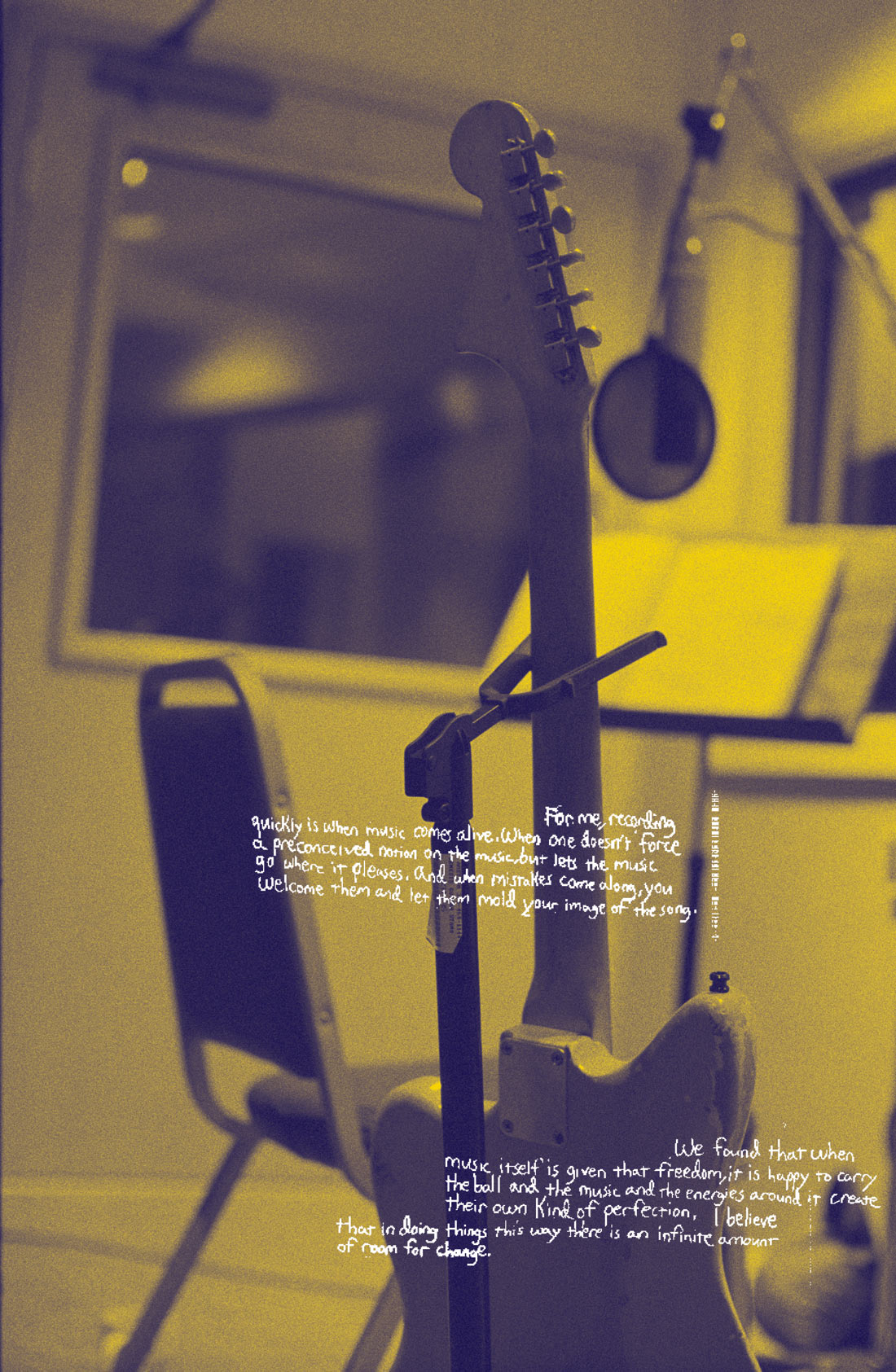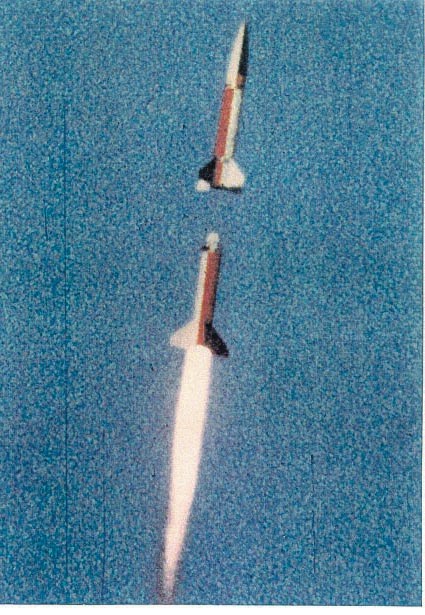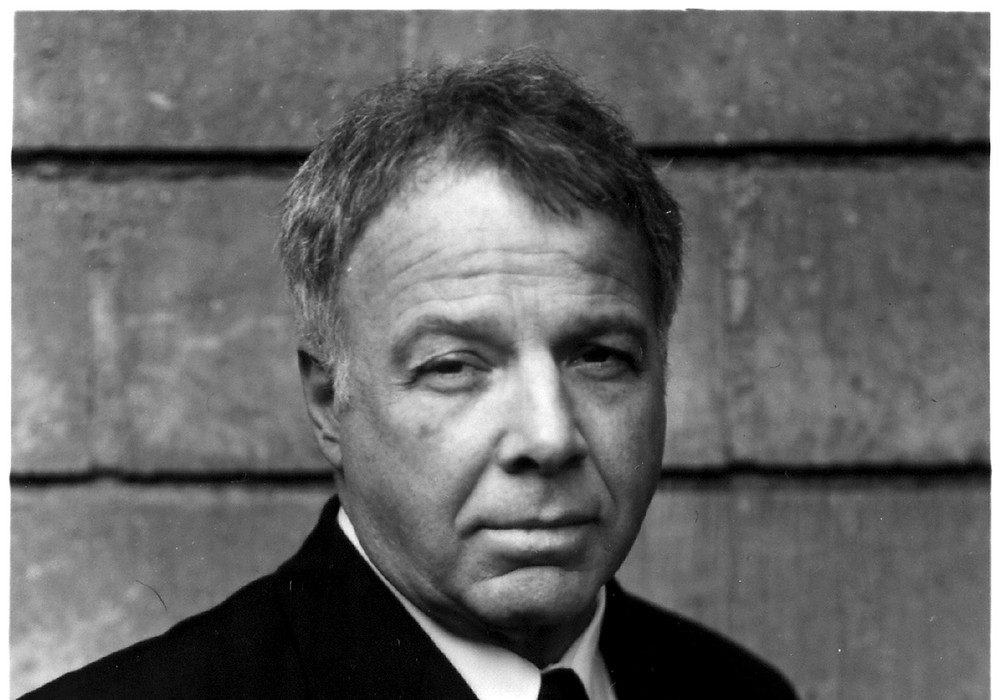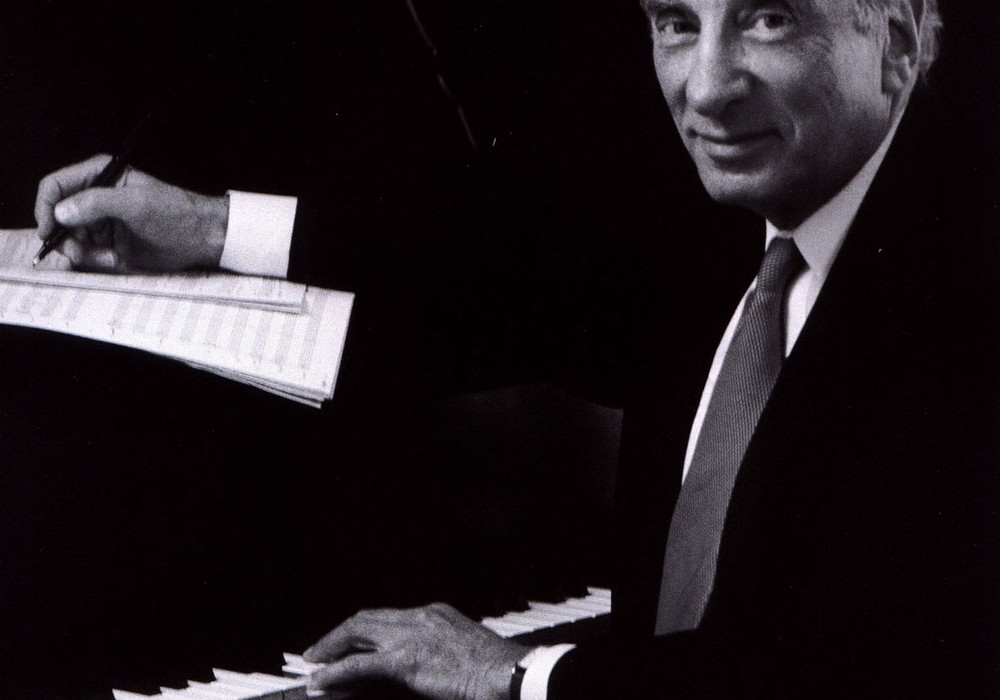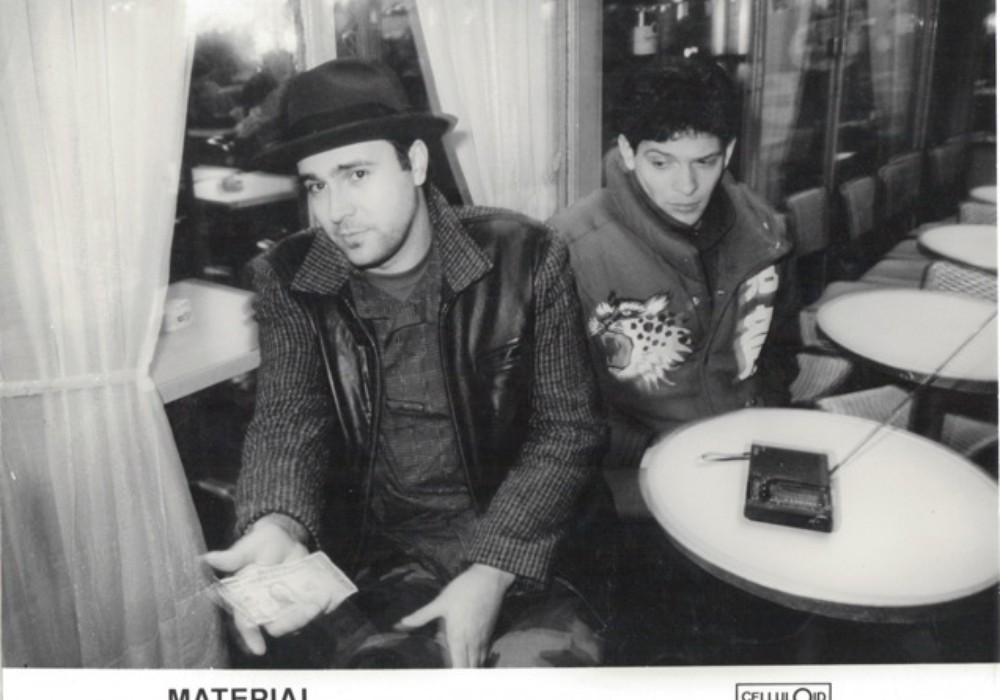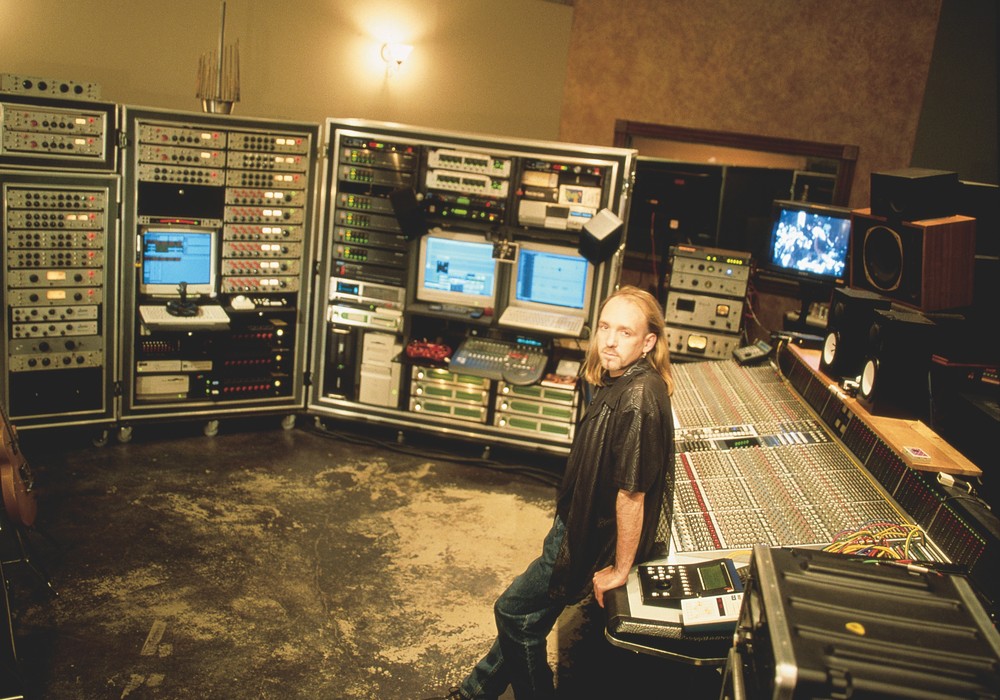There is no such thing as too much compression. There's only Good Compression and Bad Compression. Two Stage Compression is a technique where you get good, transparent compression by compressing the sum of a compressed and uncompressed signal. You can do this through a bus routing method or with specific compressors, and it can be done in the analog and digital domains. The routing is a little complex in the abstract, so you may want to be in front of a console or DAW while reading this. Once the idea clicks, it's easy.
Hearing compression is a skill that one develops over time In issue #37 Michael Brauer explained that it took him three years to be able to hear the sound of compression, and he's known as one of the compression masters. The first step to understanding the relevance of the Two Stage Compression technique is recognizing Bad Compression, which is much easier if you know what to listen for. See the sidebar for some ear training tips on recognizing Bad Compression.
Two Stage Compression can be used any time you'd normally use a compressor and you can use any type of compressors. I'll use an drum subgroup for an example of how to set it up. Our hypothetical track will be a rock song with Nirvana-style dynamics — quiet verses and massively loud choruses.
Start by setting all of the drum channel faders so that they don't go to the stereo bus. Instead, assign them to two pairs of busses. We'll call the first stereo pair Bus A, and the second stereo pair Bus B. Bus A will send to the input of Compressor 1, can be single stereo compressor, or a pair of mono compressors used in stereo. The output of Compressor 1 should return to a pair of faders or stereo aux return. This return will not be sent to the stereo bus, but instead be sent to Bus B along with the uncompressed drum faders which we assigned initially. Bus B sends to Compressor 2 (again, one stereo or two monos) and its output returns to another pair of faders or stereo aux return. This return is the only part of the drum signal that gets sent to the stereo bus. None of the original channels, nor Bus A/Compressor 1 will be heard in the mix without being processed by Compressor 2 on Bus B. That's all there is to it. So, what is the point of this technique?
We've now set up Compressor 2 to compress the sum of our uncompressed drum tracks and a parallel compressed signal from Compressor 1. Understanding what parallel compression actually does is the key to understanding why there should be two stages of compression on the drums.
I usually consider parallel compression a "hack". Mainly it's in response to specific engineers I've seen use it mask a poorly set drum bus compressor. They smash the parallel signal and blend it the uncompressed sources. They like the sound of the fast release boosting the quieter parts of the signal, making the drum's decay and room ambience get louder very quickly and become closer in volume to the initial body of the sound. This can be exciting and explosive sounding, but it can be fatiguing and it often makes the cymbals flutter-pump. Their volume fluctuates very quickly with the compressors fast release making them sound extremely washy. In my experience, these same engineers like to use a fast attack, which removes all of the punch. The result is an unmusical, but loud, parallel compressed signal. They can get away with this by relying on the uncompressed signal to mask the Bad Compression and that's why I see this particular approach as a hack. All this does is make the soft parts, and average volume, louder without limiting the maximum volume of the uncompressed signal. This is the aspect of parallel compression that Two Stage Compression relies on. A little math explains how that works (see the sidebar). The first step after setting up your routing is to set Compressor 1 on Bus A. Solo its return, and set the attack and release as if it's the only signal you're going...
